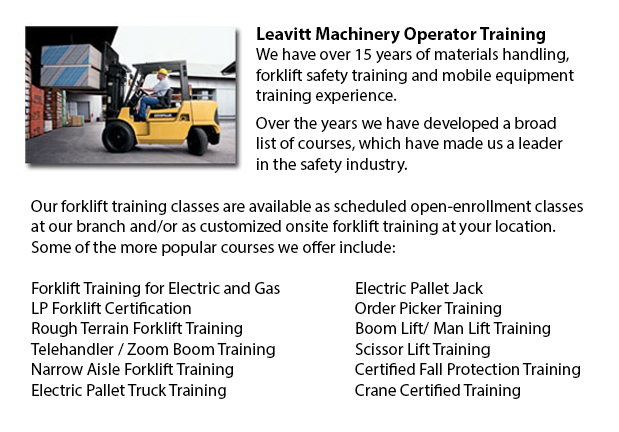
Boom Trucks Training Prince Albert - A boom truck is frequently recognized by the cable and telephone business vehicles that have the extended arm folded over their roofs. Usually, a bucket-like apparatus sits at the extension of extendable arms. Often called a cherry picker, or an aerial boom vehicle, a bucket vehicle has an extendable boom mounted the roof or bed. It can transport staff to the peak of a phone or electrical pole. Bucket boom vans have a lifting capacity of approximately 350 lbs to 1500 lbs or 158 kg to 680 kg and are capable of extending the bucket up to 34 feet or just over 10 meters into the air.
Construction boom trucks or heavy duty boom trucks will regularly have a crane accessory on the rear. Often termed knuckle booms, these cranes can be shorter and more compact than the trolley boom, which has a boom able to extend the length of the vehicle. Hoist boom trucks include a lifting capacity between 10 to 50 tons or roughly 9 to 45 metric tons.
Concrete boom trucks are another deviation. The booms on these vehicles have a pipeline with a nozzle at the far end and are utilized to pump concrete or other resources. The places where these resources ought to be deposited is usually inaccessible to the vehicle or is stationed at a considerable height, therefore, the boom of a bigger concrete boom vehicle might be extended 230 feet or roughly 71 meters. The vehicle then pumps the concrete through the boom directly depositing it into the space where it is required.
Fire engines are frequently fitted with a boom container able to elevate firefighters up to the higher floors of buildings. What's more, this boom will allow firefighters to point the flow of water or to engage or rescue ensnared victims. Some of the older hook and ladder lift trucks have been displaced by modern boom vehicles.
There is also a small self-propelled boom vehicle, related to a forklift that is available on the market for large warehouses or production facilities. These mini boom trucks can lift workers to upper cargo areas or to the ceiling of the building. They are much safer and more stable than using an extension ladder for the identical application.
-
Aerial Lifts
Aerial Lift Training Prince Albert - Aerial lift trucks can accommodate various tasks involving high and tricky reaching spaces. Often used to complete daily preservation in buildings with high ceilings, prune tree branches, elevate burdensome shelvi... More -
Reach Trucks
Reach Truck Training Prince Albert - Reach trucks are loading devices used by varieties of companies that preserve a storage facility or distribution center concerning the organization of completed goods and supplies on pallets which are inserted int... More -
Scissor Lifts
Scissor Lift Training Prince Albert - The scissor lift, often acknowledged as a table lift, is an industrial lift that has been modified for usage within wholesale and retail settings. Industrial lifts have been utilized for decades in the manufactur... More -
Pneumatic Forklifts
Pneumatic Forklifts Training Prince Albert - Pneumatic lift trucks are generally known as pallet trucks or pump trucks and are extensively utilized in warehouses and shipping plants to transfer materials on pallets. Pneumatic lift trucks comprises a... More -
Toyota Forklift
Toyota Forklift Training Prince Albert - Since 1992, Toyota Material Handling inc., U.S.A., also called TMHU, continues to be the best selling lift truck dealer in the United States. Proudly celebrating more than 40 years of performance, the Irvine,... More

Forklift Training Prince Albert
TOLL FREE: 1-888-254-6157
Prince Albert, Saskatchewan
forklifttrainingprincealbert.com
Email Us
About Us


